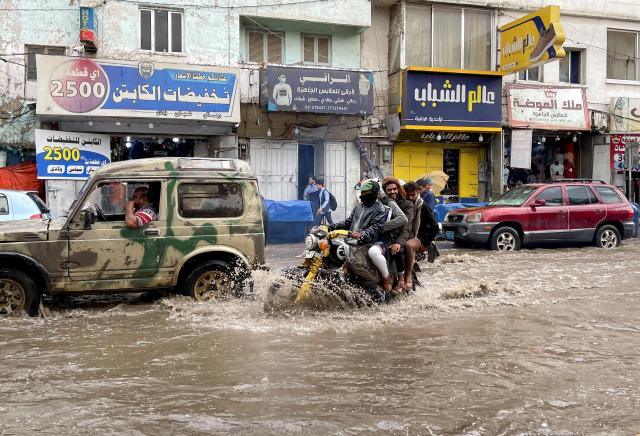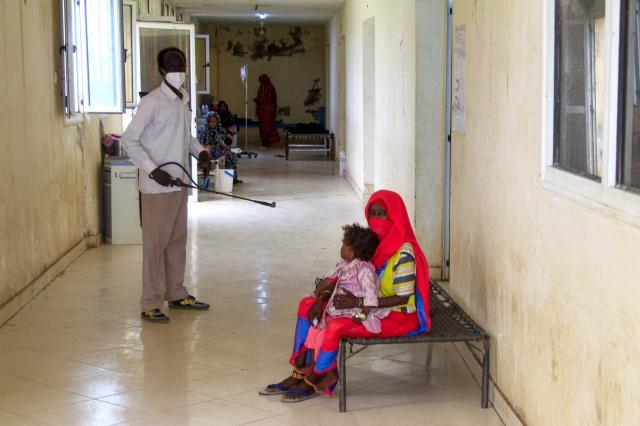The rising floodwaters swept away vehicles, blocked roads, and caused the collapse of three dams within the province. In response, ambulances from nearby areas in al-Mahwit and the neighboring province of Hodeidah were deployed to aid in rescue efforts.
The western mountains of Yemen, known for their susceptibility to heavy seasonal rains, have been particularly hard-hit. Since late July, flash floods have killed 60 people and affected approximately 268,000, according to the United Nations.
Warnings have been issued for even worse weather conditions in the western and central provinces. The World Health Organization (WHO) predicted that the central highlands, Red Sea coastal regions, and parts of the southern uplands could receive more than 300mm (12 inches) of rainfall in the coming months.
There are growing concerns about a potential cholera outbreak, particularly in western Yemen, where at least one clinic is treating suspected cases. In Hais, women and children were seen receiving intravenous treatment for diarrhea, a symptom of what medical staff feared might be cholera.
The UN has reported nearly 164,000 suspected cholera cases across Yemen, a number that could rise to 250,000 in the near future. The International Organization for Migration (IOM) highlighted that the recent floods have significantly increased the risk of cholera spreading.
Earlier this month, the UN estimated that $4.9 million is needed to fund an emergency response to the ongoing flooding.
The intensifying rains are linked to climate change, which has increased the frequency and severity of seasonal weather in the Yemeni highlands. Yemen, already devastated by a decade of conflict, has seen its medical infrastructure severely damaged, leaving millions reliant on international aid.
The country continues to face one of the world's worst humanitarian crises, with the IOM noting that from 2016 to 2022, Yemen experienced 2.5 million suspected cholera cases.
Copyright ⓒ Aju Press All rights reserved.




